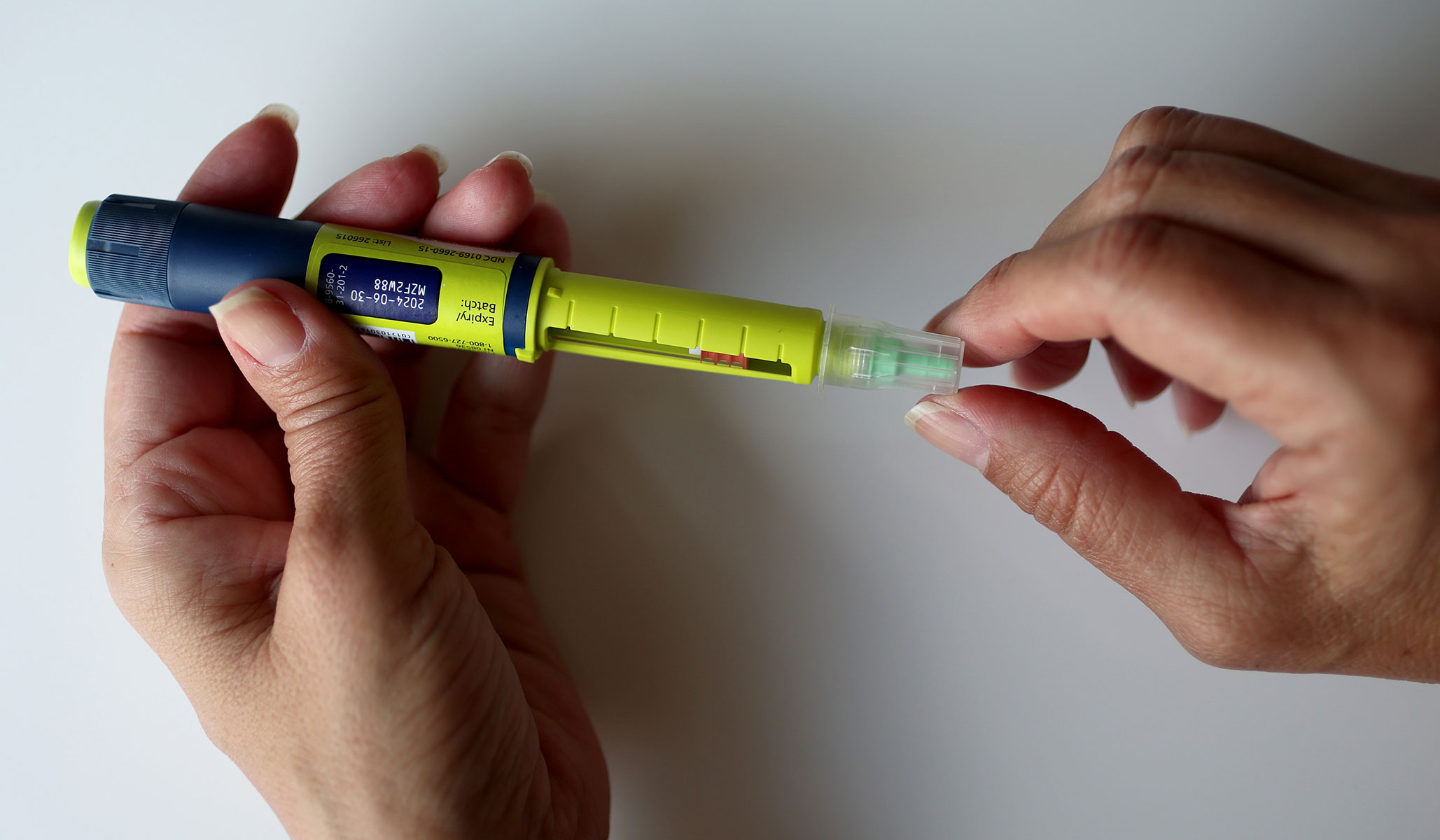


NRPLUS MEMBER ARTICLE I nsulin prices are falling. So why is Congress holding a hearing on the rising cost of insulin? The Biden administration and likeminded members of Congress think the issue is ripe for political points, even though their purported solutions would cause more harm than good.
The price of insulin, both what insurers pay and what patients pay at the pharmacy counter, is falling by several metrics. Medicare beneficiaries spent less out-of-pocket per insulin prescription in 2020 ($54) than in 2015 ($58). Average copayments for patients with Medicare and commercial insurance declined 27 percent from 2018-2021. Overall, copayments for three-quarters of insured insulin prescriptions are already under $35.
Competition is working. These declines happened prior to the Medicare insulin price cap passed as part of the Inflation Reduction Act. Outdated regulation had largely prevented generic or biosimilar insulin products. Initial progress with follow-on biologics (not authorized to be interchanged at the pharmacy counter) and authorized generics (alternatives still controlled by the original manufacturer) has been accelerated now that the FDA opened a new biosimilar approval pathway in March 2020. Since that time we have seen two biosimilar competitors approved with nine more in the pipeline.
The legislative proposals seemingly most popular in Congress would undermine non-branded competition at the time it is finally producing results. Copay caps are actually favored by the largest incumbent manufacturers because they make it harder for insurers to use price differentials to steer patients to more affordable options. This reduces incentives for new competitors trying to undercut the incumbent’s price to invest in the expensive development process. Further, making consumers less sensitive to their share of the price of a medication enhances the manufacturer’s leverage to increase the overall price.
Advocacy groups and Congress have an incentive to embrace a copay cap because such price controls deliver simple, visible, and short-term impacts that are easy to sell to donors and constituents. While the same policy will have detrimental effects in the long-term, the alternative – incremental benefits of intensifying competition –is harder for politicians to explain.
A little-noticed policy that would have more directly helped the narrow population that is uninsured or still pays over $35 per prescription was repealed by the Biden administration with little fanfare. The Trump administration finalized a rule requiring the nearly 1,400 federally qualified community health centers (FQHCs), which are clinics funded by the federal government to provide community care, to make available insulin at the heavily discounted price they receive under the 340B program (often under $15 per vial) to anyone under 350 percent of the poverty line (roughly $51,000 for a single person).
Unlike the sweeping price-control efforts, this solution addressed a narrow problem with a targeted solution. It failed because its targeted nature offered no politically sellable change to the larger insulin-dependent population. Acting in their financial interest, FQHCs also opposed the program because it cut into margins they obtain from selling insulin at a price higher than their acquisition cost. These centers should have transparent funding for transparent deliverables – not an opaque insulin-financed slush fund.
Some who decry excessive industry profits are fond to recount that the original patent for insulin was sold for $1 in 1923. But it is unlikely anyone who tells it would advocate now for a patient to take the animal-sourced insulins that were in use at the time. In fact, Americans rarely use even the newer human insulins that were developed 60 years later despite being cheap and available ($25 per vial at WalMart) and popular in a similarly high-income nation such as Germany. Instead, the U.S. market is dominated by analog insulins that were first introduced in the 1990s and have gone through rounds of incremental improvement since.
The fact is that competition has produced better and better insulin products over time, and we are now seeing prices come down too. Congress should try to address narrow affordability problems where they exist but refrain from soundbite solutions that undermine competition in the long term.
